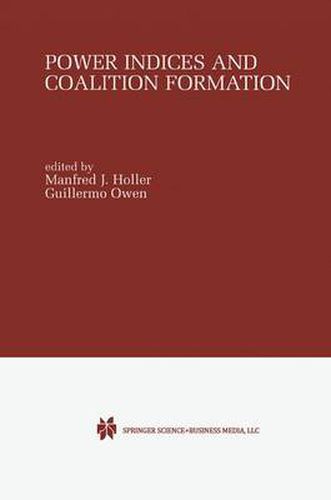This title is printed to order. This book may have been self-published. If so, we cannot guarantee the quality of the content. In the main most books will have gone through the editing process however some may not. We therefore suggest that you be aware of this before ordering this book. If in doubt check either the author or publisher’s details as we are unable to accept any returns unless they are faulty. Please contact us if you have any questions.
In the last years of the 20th century, publications on power indices and coalition formation have multiplied. The application of these concepts to political institutions, more specifically, to the analysis of the European Union and, as it seems, the election of the President of the United States, is getting more and more popular. There are, however, also theoretical instruments and perspectives that support these applications. Firstly, the probabilistic model of coalition formation which is made operational by the multilinear extension of the characteristic function form of coalition games. This instrument triggered off a re-interpretation of existing power indices and the formulation of new indices. This development is accompanied by an intensive discussion of the concept of power in general - what do we measure when we apply power measures? - and the properties that an adequate measure of power has to satisfy. Various concepts of monotonicity were proposed as litmus test. The discussion shows that the underlying theories of coalition formation play a decisive role.





